Darakjeong (다락정)
10.0Km 2021-03-26
131-1, Samcheong-ro, Jongno-gu, Seoul
+82-2-725-1697
Darakjeong has been popular for a long time because of the simple taste of its traditional Mandu (Korean stuffed dumpling). Since its opening in 1991, tasty soup and scrumptious Mandu have been served. A fist-sized Mandu is fully packed with seasoned meat, bean-curd, and various vegetables. Its thick dough makes it chewy and delightful. For one person, “Manduguk”(boiled dumpling soup) is a good choice. The delicious and nourishing taste of Mandu goes well with the sweet, spicy, and fresh taste of the soup. Manduguk is served in a brass bowl which keeps the food warm while eating. For a large-size group, “Mandujeongol” cooked with various vegetables in a casserole is recommended. There are two types of Mandujeongol that have different tastes. The main characteristic of “Kimchi Mandujeongol” is its spicy flavor, which reminds people of the refreshing taste of Kimchi soup, and “Tojang Mandujeongol” expounds on the savory taste of bean-paste soup. Tojang means folk soybean-paste. “Nokdujeon”(a Korean pan-fried dish with green mung bean) is another famous dish at Darakjeong, which is pan-fried with a very light seasoning to emphasize the original taste of Nokdu (green mung bean). Salted oysters with hot pepper are served with Nokdujeon instead of soy sauce, which is a perfect match.
Nunnamujip (눈나무집)
10.0Km 2020-06-16
136-1, Samcheong-ro, Jongno-gu, Seoul
+82-2-739-6742
Nunnamujip is famous for a North Korean dish called, “Kimchi mari guksu”, which is a noodle dish in cold kimchi soup containing toasted laver, a boiled egg, and sesame. The soup is refreshingly cold and a little spicy. For “Kimchi mari bap”, a bowl of rice is put into cold kimchi soup instead of noodles. The taste is very unique. In addition to Kimchimari, “Tteokgalbi” is a popular dish on the menu as well.
The main restaurant is located in the basement, which has only limited seating capacity with a few tables. As a result, many people usually wait in line for lunch or dinner. A second franchise has opened in a three-story building across the street. To enjoy a quaint atmosphere, the first establishment is better, but the new one’s interior design is much more modern and fancier, giving it a fresh altering look.
Hangeureut (한그릇)
10.0Km 2021-03-18
136, Samcheong-ro, Jongno-gu, Seoul
+82-2-720-5613
A store that also serves delicious meat noodles. The best menu at this restaurant is rice soup. This is a Korean cuisine located in Jongno, Seoul.
Festival Mundial de la Juventud en Sinchon (신촌글로벌대학문화축제)
10.0Km 2024-07-30
Changcheon-dong, Seodaemun-gu, Seúl
02-330-6714
Mokpo Nakji Dongtae Maeuntang (목포낙지동태매운탕)
10.0Km 2021-03-25
103, Sinpung-ro, Yeongdeungpo-gu, Seoul
+82-2-823-7113
It is a place where you can eat various fish dishes. This Korean dishes restaurant is located in Yeongdeungpo-gu, Seoul. The most famous menu is spicy fish stew.
Najugomtang&Oudon (나주곰탕&오우돈)
10.0Km 2021-03-30
19, Sinchon-ro 18-gil, Mapo-gu, Seoul
+82-2-336-6824
It is a place where you can eat a variety of Korean dishes. The best menu at this restaurant is Naju beef bone soup. This Korean dishes restaurant is located in Mapo-gu, Seoul.
Jungin Myeonok Main Store (정인면옥 본점)
10.0Km 2025-05-16
1F, 10 Gukhoe-daero 76-gil, Yeongdeungpo-gu, Seoul
Jungin Myeonok offers Pyeongyang-style naengmyeon (cold buckwheat noodles), passed down to the owner from parents who came from North Korea.
Cheonghakdong Heukyeomso (청학동흑염소)
10.0Km 2021-03-25
356, Yeongdeungpo-ro, Yeongdeungpo-gu, Seoul
+82-2-833-3638
This is a place where you can enjoy various black goat dishes that are good for the health. This restaurant's signature menu is goat hot pot. This Korean dishes restaurant is located in Yeongdeungpo-gu, Seoul.
Wang Donkkaseu Wang Naengmyeon (왕돈까스왕냉면)
10.0Km 2021-03-25
1, Dosin-ro, 65-gil, Yeongdeungpo-gu, Seoul
+82-2-882-9292
This is a place that sells directly prepared pork cutlet every day. This Korean dishes restaurant is located in Yeongdeungpo-gu, Seoul. The representative menu is pork cutlet.
Sala de Historia de la Prisión Seodaemun (서대문형무소역사관)
10.0Km 2025-05-13
Tongil-ro 251, Seodaemun-gu, Seúl
La Sala de Historia de la Prisión Seodaemun es un museo especial, situado en el Parque de la Independencia de Seodaemun. La prisión fue construida cerca de finales de la dinastía Joseon (1392-1910), y era el lugar en el que los soldados japoneses torturaban y luego ejecutaban a los seguidores coreanos del Movimiento por la Independencia. La Sala de la Historia de la Prisión Seodaemun fue establecida en recuerdo de la Prisión Seodaemun y para homenajear a los patriotas coreanos. Allí se encuentran siete celdas de prisión, una sala de exhibición histórica, una sala de ejecuciones, torres de vigilancia y una celda en el sótano en donde falleció Yu Gwan-sun, una figura histórica del movimiento independentista.
El 1er. piso es “Un Lugar de Reverencia”, en donde se informa sobre la Prisión Seodaemun a través de sistemas gráficos. Una gran pantalla muestra los orígenes de su fundación y los períodos de transición en su historia. La Sala de Material tiene exposiciones e información sobre la historia de Corea. El museo también alberga exhibiciones especiales. El 2º piso es “Un Lugar de Historia”, en donde se puede ver la “Sala de la Resistencia Nacional”, la “Sala de la Historia de la Prisión” y la “Sala de la Vida en la Prisión”. Este piso muestra ejemplos de cómo la gente luchó de forma continua, durante este oscuro capítulo de la historia coreana, para aferrarse a su esperanza y determinación de obtener la libertad. “Un Lugar de Experiencia” es el lugar más horrendo y espantoso de la prisión. En la “Sala de Detención Temporal” y en la “Sala de Tortura” verá recreadas escenas de torturas, que son terriblemente realistas.
En el Parque de la Independencia de Seodaemun cercano puede visitar la Sala de la Independencia, el Monumento Patriótico a los Mártires y el Monumento a la Declaración de Independencia del 1° de Marzo.

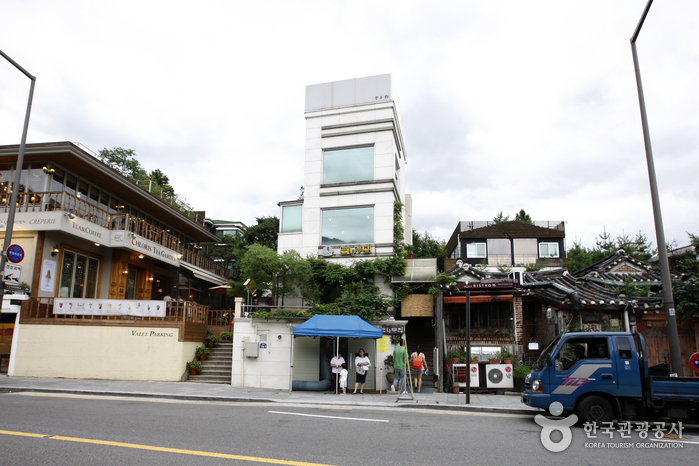
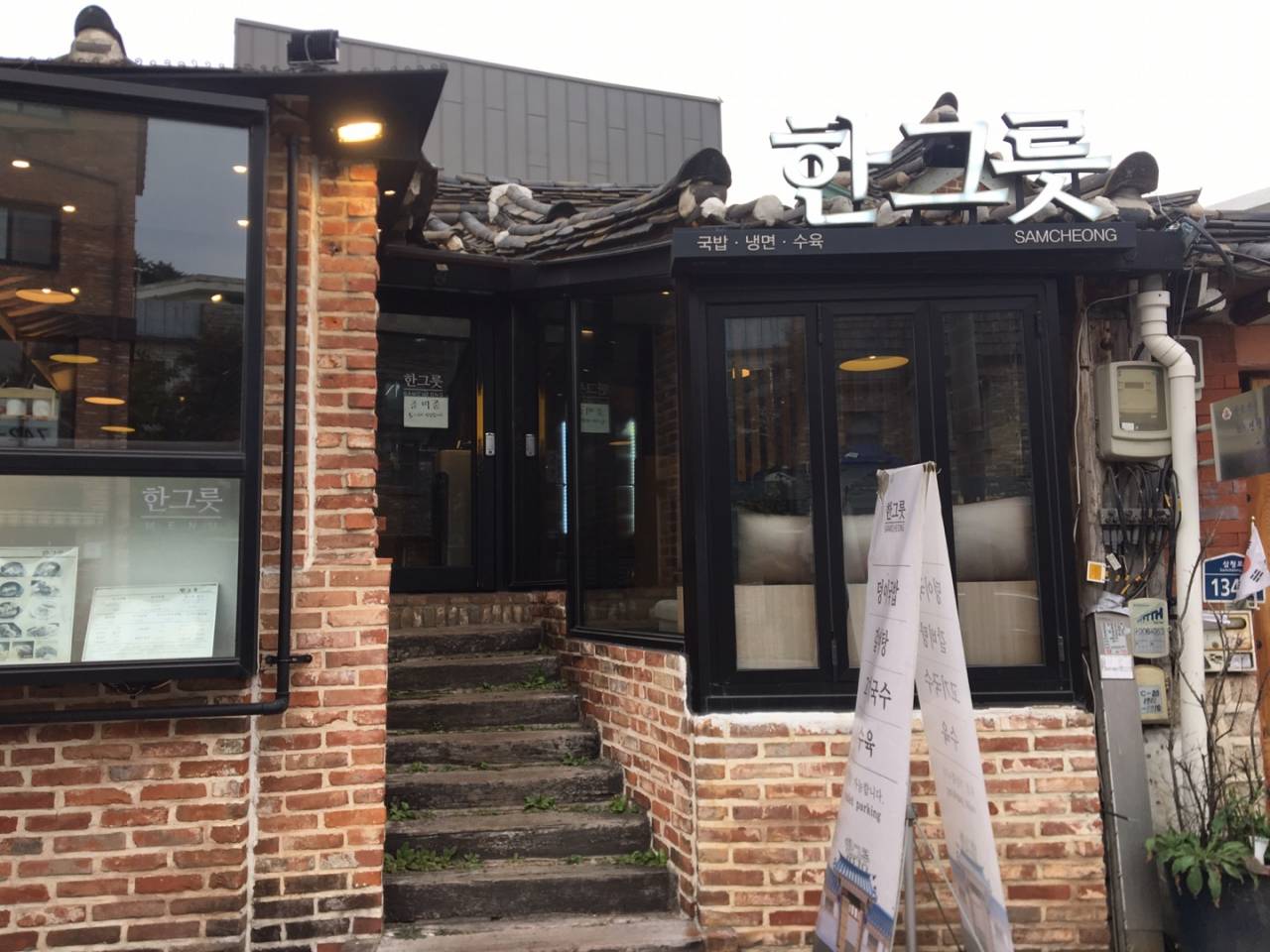
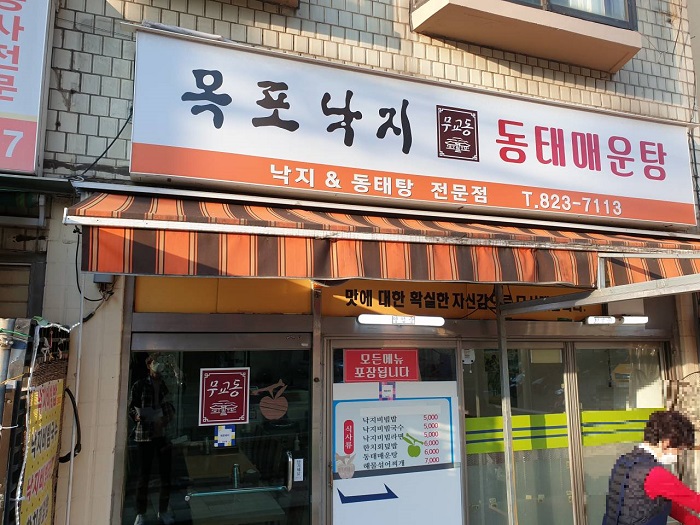
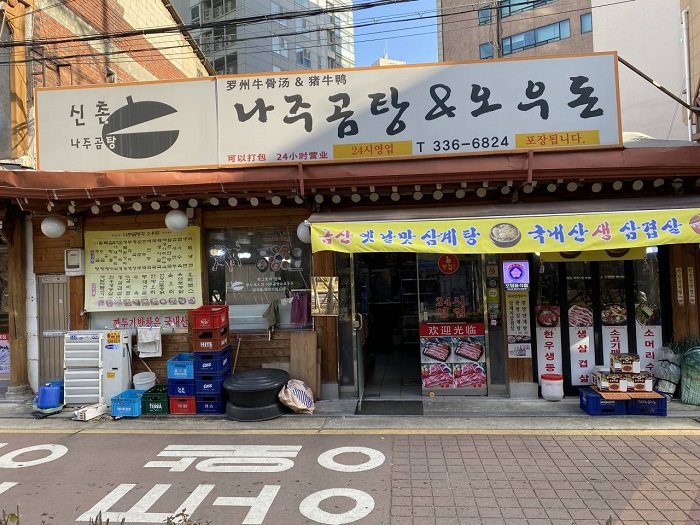
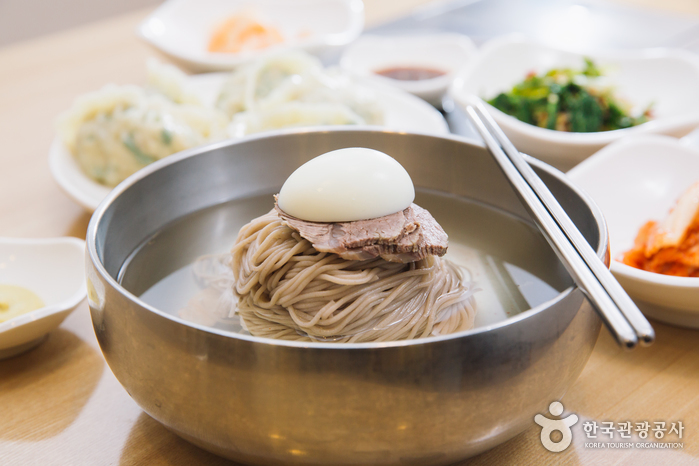
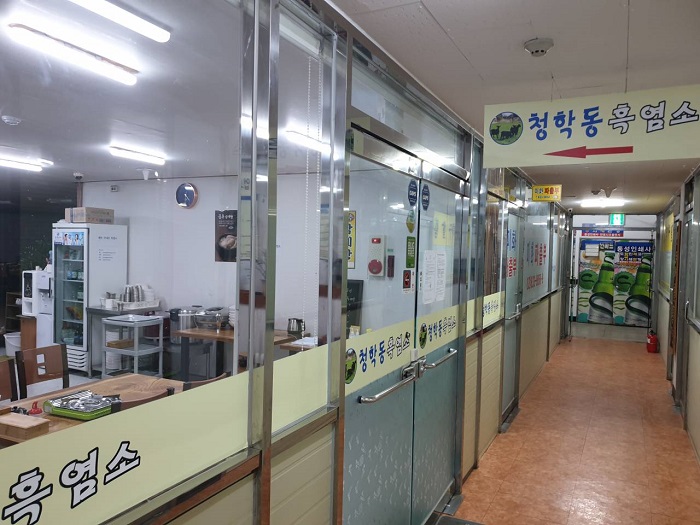
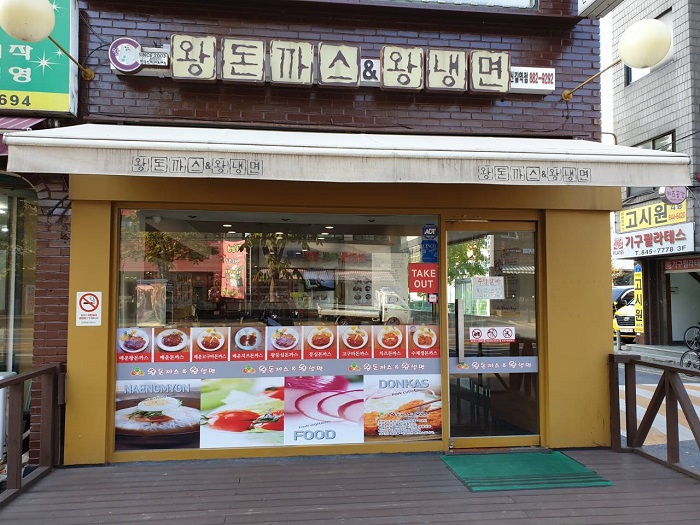

 Español
Español
 한국어
한국어 English
English 日本語
日本語 中文(简体)
中文(简体) Deutsch
Deutsch Français
Français Русский
Русский